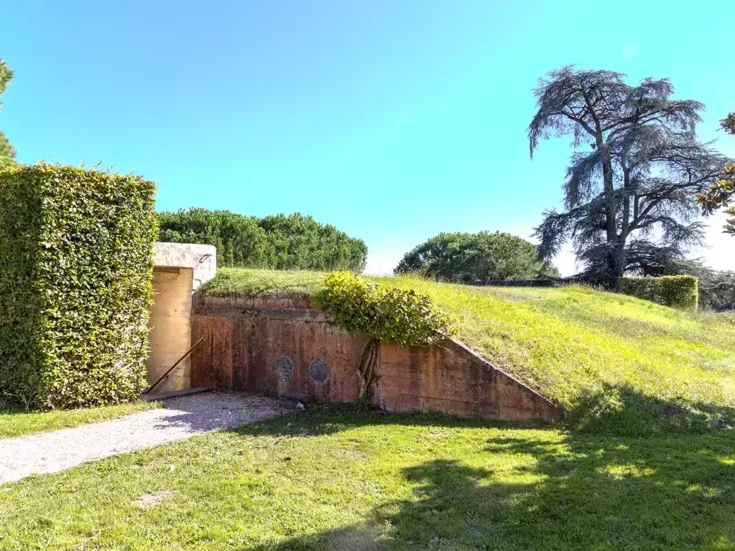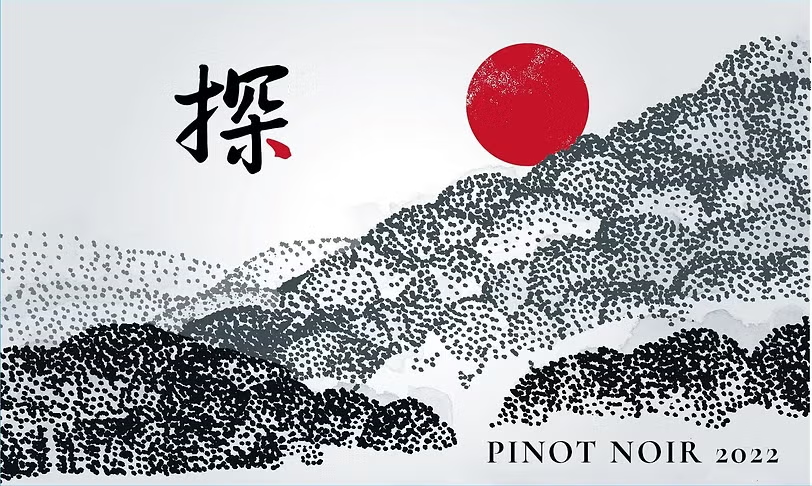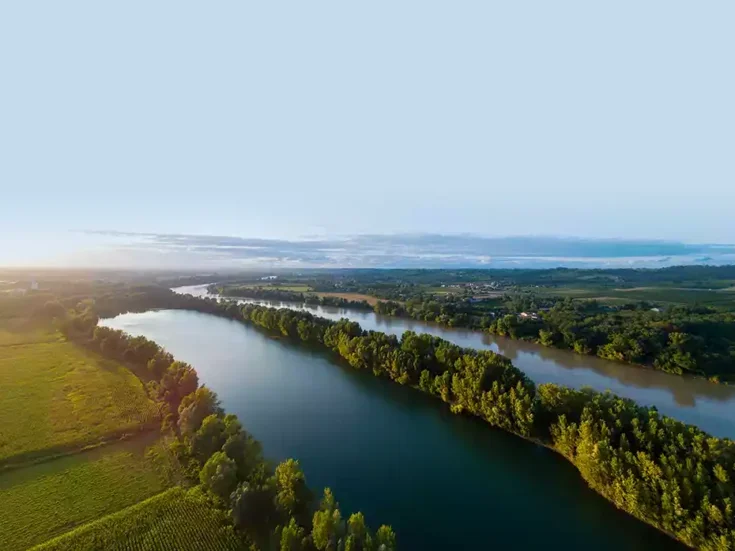As fall advanced, I stood in a vineyard on the low slopes of the Paardeberg, a sprawling granitic mass rising from the undulating shale wheatlands of the Swartland, well inland from South Africa’s Atlantic west coast.
The old Chenin bushvines looked weary; their year’s work done, they awaited the rains and restful cold of winter. Across the fence, though, the neighbor’s trellised vines looked more luxuriant—they, too, had worked (bearing much more fruit, in fact), but were younger, and hooked on all that the agrochemical industry could offer.
In 2006, this journal published what was, to my knowledge, the first international article on the wines of the Swartland and, particularly, of the Paardeberg (WFW 10, pp.72–77). It was becoming clear that what I called there the “rediscovery, the reinterpretation of the Swartland, centered on the Paardeberg” was arguably the most exciting sign of a revolution that had already gripped Cape wine.
The changes that the past quarter century have brought to the Paardeberg are remarkable, though something of a split personality remains, as the autumnal vineyards attest. That’s true of the Swartland as a whole, but the greatest transformation has been here.
In 1998 the mountain’s name was unknown to wine lovers, and no wine was made commercially there; its substantial grape harvests went to vast co-op tanks. That year two important things happened. First, German investors bought the large estate called Lammershoek, intent on vinifying some estate grapes in the mid-19th century cellar—unused for some 50 years.
Even more significantly, 1998 was young Eben Sadie’s first vintage at Spice Route, the winery established not far distant by Charles Back and partners, providing initial impetus to the region’s revival.
Sadie was sniffing around the Paardeberg for grapes that would serve his ambition. Soon he was to rent for himself an “old shack” on Lammershoek in which to make first his Columella Syrah-based red and then the innovative, quintessentially Swartland, white blend Palladius, based on the old Chenin vineyards that were starting to be understood as the region’s treasure.
Nearly 25 years later, with Chris Alheit, I visited another 35-year-old Chenin vineyard on the Paardeberg.
Alheit Family Vineyards had made a splendid wine from these bush vines for a few years and called it Fire by Night. It was a kind of homage to the Paardeberg and its “mythical” place in the Cape wine revolution.
When the farm, called Nuwedam (“New dam”), became available, the Alheits bought it, and its 20-odd hectares (50 acres) of vines now receive the tenderest care, with plans to plant more. Incidentally, the Alheits foolishly (as they admit) changed the name of the farm and the wine to Broom Ridge, a translation from Afrikaans of a geographical feature there.
But from the 2021 vintage, recently released, the farm reverts to prosaic Nuwedam, and its major wine to the poetic imagery of Fire by Night—alluding to the biblical story of the Israelites’ exodus from bondage, guided by a God-sent pillar of cloud by day and a pillar of fire by night—a grand parable of the emergence of South African wine into freedom, led by the Paardeberg!
Paardeberg: Bacchus beloved
From the high-lying Chenin vineyard of Nuwedam, I could look down on the varied slopes of the Sadie estate, with its ever-expanding winery and farm buildings (centered on that original thick-walled old shed), its meticulously planted, mixed-vine, partly experimental vineyards, and the Sadie home.

Mid-summer view of vineyards in the Paardeberg shortly before harvesting. Photography by iStock / Getty Images Plus
The estate has recently been extended with the purchase of adjacent plots—it’s now some 37ha (91 acres), with 19ha (47 acres) of vineyards (8ha [acres] more are planned), including old Chenin vines that from 2022 are contributing a rare addition, called Rotsbank, to the Old Vine Series.
Although the new wine will be the first in the Sadie Family Wines range since the early vintages of Palladius to come entirely from the Paardeberg, and the first from Sadie-owned (as distinct from Sadie-leased) vines, the development of the farm and winery is an eloquent expression of what has happened to the Paardeberg over the past two decades.
It’s not alone in that, however. In some ways, the transformation of the Badenhorst estate is even more impressive. It’s grown splendidly since the initial investment in 2008 by Adi Badenhorst and his cousin Hein in the rundown Kalmoesfontein farm.
Other important names in Swartland wine that have established their bases on the Paardeberg include JC Wickens (Swerwer wines) and David and Nadia. Andrea and Chris Mullineux were early users of grapes from the mountain, as was Donovan Rall, and the rollcall now of those who make wines from Paardeberg vineyards is extensive.
But, as I suggested, the takeover of the Paardeberg by ambitious winegrowing is far from complete; probably the majority of its grapes are still farmed to disappear into nameless tanks.
A quarter-century means little to a mountain, as Bacchus, who reportedly loves an open hill, knows. But that timespan is more meaningful to wine lovers and to vineyards, and Bacchus only loves slopes for the sake of the vines they bear and knows this, too.
The 25 years on the Paardeberg have accomplished much and seen brave changes, and there’s no reason to think this magic mountain has not more in store for us.






